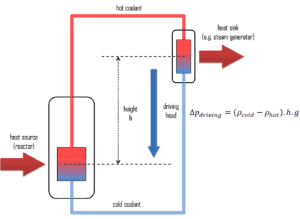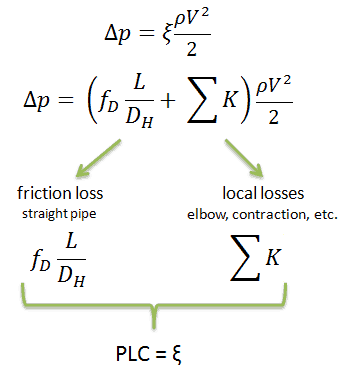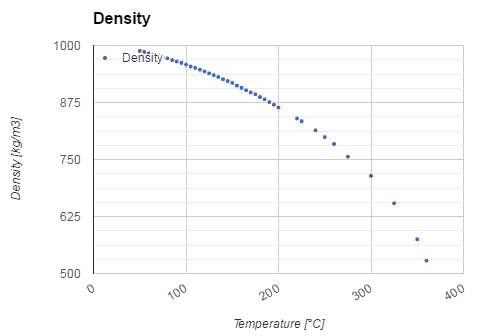Conditions Required for Natural Circulation

Similarly as for natural convection, natural circulation essentially does not operate in the orbit of Earth. Natural circulation occurs in a loop only under specific conditions. Even after natural circulation has begun, removal of any one of these conditions will cause the natural circulation to stop. The conditions for natural circulation are as follows:
- Presence of proper acceleration. Natural circulation can only occur in a gravitational field or in the presence of another proper acceleration, such as acceleration, centrifugal force.
- Presence of heat source and heat sink. Heat source and heat sink are required, because natural circulation is generated by density difference in the fluid occurring due to temperature difference. Fluid entering a heat source receives heat and by thermal expansion becomes less dense and rises. Thermal expansion of the fluid plays a crucial role. Process in a heat sing is opposite, the heat sing receives heat and the fluid becomes denser. The density difference is the driving force for natural circulation flow. The difference in temperature must be maintained for the natural circulation to continue. Addition of heat by a heat source must exist at the high temperature area. Continuous removal of heat by a heat sink must exist at the low temperature area. Otherwise the temperatures would eventually equalize, and no further circulation would occur.
- Proper geometry. The presence and magnitude of natural circulation also depend on the geometry of the problem. The presence of a fluid density gradient in a gravitational field does not ensure the existence of natural convection currents. Natural circulation in a fluid filled closed loop is established by locating a heat sink in the loop at an elevation that is higher than the heat source. The circulating fluid removes heat from source and transports it to the sink. The flow can be single phase or two phase wherein vapor flows alongside the liquid. The difference in temperature must be maintained for the natural circulation to continue. Addition of heat by a heat source must exist at the high temperature area. Continuous removal of heat by a heat sink must exist at the low temperature area. Otherwise the temperatures would eventually equalize, and no further circulation would occur. It is possible to have natural circulation take place in two-phase flow, but it is usually more difficult to maintain flow.
- Fluids in contact. The two areas must be in contact so that flow between the areas is possible. If the flow path is obstructed or blocked, then natural circulation cannot occur.
Natural Circulation – Flow Rate
Natural circulation flow rate in the loop, under steady state condition is determined from the balance between the driving and the resisting forces. Driving force results from density difference between hot leg and cold leg of the loop. The head required to compensate for the head losses is created by density gradients and elevation changes.
Thermal Driving Head
Thermal driving head is the force that causes natural circulation to take place. It is caused by the difference in density between two bodies or areas of fluid. Consider two equal volumes of the same type of fluid. If the two volumes are not at the same temperature, then the volume with the higher temperature will also have a lower density and, therefore, less mass. It is known that the density of gases and liquids depends on temperature, generally decreasing (due to fluid expansion) with increasing temperature. Since the volume at the higher temperature will have a lower mass, it will also have less force exerted on it by gravity. This difference in the force of gravity exerted on the fluid will tend to cause the hotter fluid to rise and the colder fluid to sink. Thermal driving head can be simply calculated using the difference in hydrostatic pressures:
As can be seen, the greater the temperature difference between the hot and cold areas of fluid, the greater the thermal driving head and the resulting flow rate.
Hydraulic Resisting Force

We hope, this article, Condition for Natural Circulation, helps you. If so, give us a like in the sidebar. Main purpose of this website is to help the public to learn some interesting and important information about thermal engineering.

